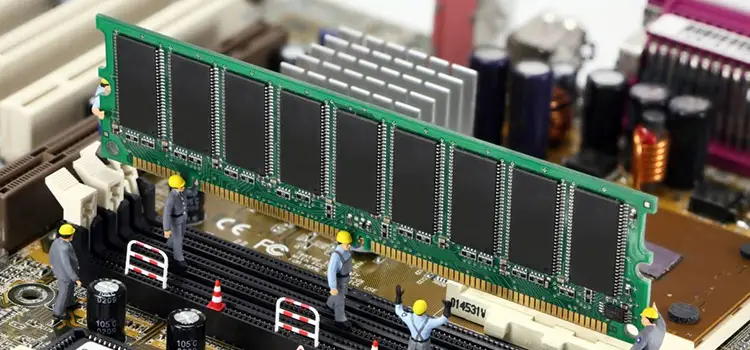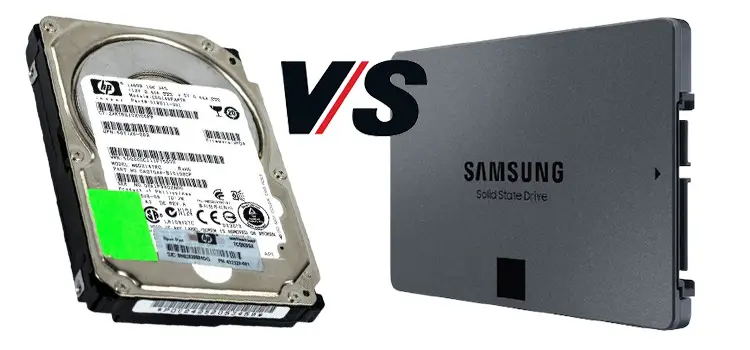2133MHz vs 2400MHz DDR4 RAM in Gaming | Which is Better?
When you launch a game, the RAM becomes involved and increases frame rates and pacing while also temporarily storing data. 2133 MHz and 2400 MHz are two variants of DDR4 DRAM. In terms of memory speed, though the difference is little, 2400 MHz will surpass 2133 MHz. But the latency is higher in the 2400 MHz.
Keep reading till the end to know more about these RAMs and decide which one has more preference for you.
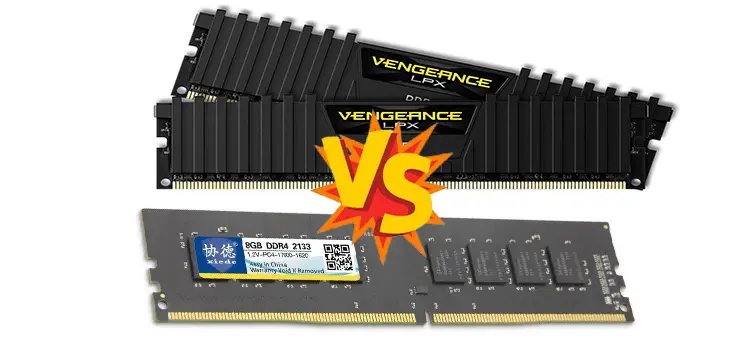
The Role of DDR4 RAM in Gaming
People of various ages can take pleasure in gaming as a source of amusement. In addition to being a wonderful way to socialize with friends, it may also be a great way to release tension.
RAM helps gamers to have a better experience in faster and smoother gameplay. The data for games and programs are taken from the hard drive and stored in RAM while the software or game is being used. This is due to how much faster RAM memory is than a conventional hard disk or even an SSD. The RAM then transmits the data it has stored to the CPU.
It is crucial for gaming since it enables quick access to game data by the computer, ensuring seamless gameplay. Otherwise, the computer will have to access the game data from the hard drive, which is rather slower. The RAM’s capacity has an impact on how well it plays games. The computer can store more game data and perform the game more smoothly if there is more RAM available.
Here, DDR4 is the fourth generation RAM that provides stacking methods and greater density chips that could enable single memory modules with sizes as high as 512GB. It brings a great enhancement to the gaming era. 2133 MHz and 2400 MHz are DDR4 variants differentiated by more or less frequency, and it is obvious that RAM with a higher frequency will perform better.
Differences between 2133MHz and 2400MHz DDR4 RAM by Pros and Cons
Here are the basic differences between 2133MHz and 2400MHz DDR4 RAM –
| Factors | 2133MHz DDR4 RAM | 2400MHz DDR4 RAM |
| Frequency | 2133MHz | 2400MHz |
| Speed | Faster | Slower |
| Bandwidth | CL 15 | CL 17 |
| CAS Latency | 10 nanoseconds | 15 nanoseconds |
The speed of RAM at 2133 MHz and 2400 MHz differs significantly. The typical frequency for gaming laptops is 2133 MHz, whereas the typical frequency for upscale gaming laptops is 2400 MHz. However, the fundamental distinction is that although 2400 MHz RAM is slower but has a higher bandwidth, 2133 MHz RAM is faster and has lower latency.
RAM running at 2400 MHz is faster, but you also need to be aware of the CAS latency. If the 2400 MHz has a latency of about 15 nanoseconds, compared to the 2133 MHz’s 10 nanoseconds, then the 2133 MHz ram is kind of comparable since, even after being quicker, the 2400 MHz ram’s latency is higher than the 2133 MHz. That means 2400 MHz RAM is not so superior to 2133 MHz.
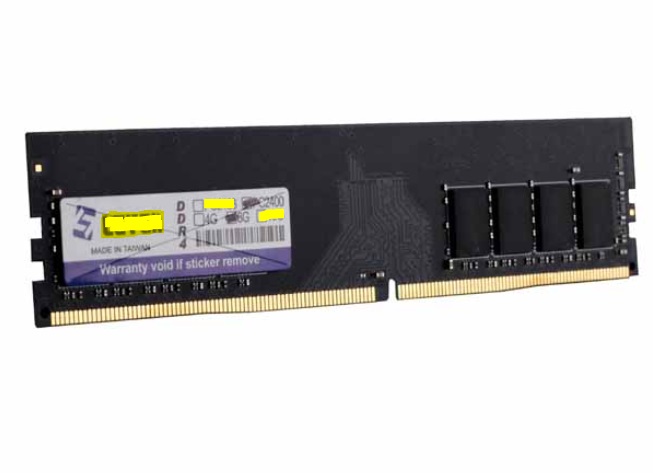
Advantages of 2133 MHz
2133 MHz is preferred to so many gamers because of its specific advantages.
- By enabling quicker access to data, it enhances game performance.
- It may also aid in enhancing the compatibility and stability of the system.
- Additionally, it can aid in lowering latency and loading times.
- It aids in increasing frame rates.
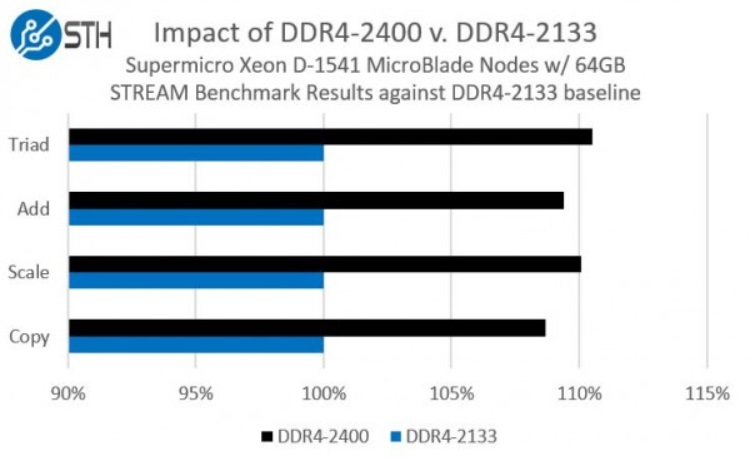
Disadvantages of 2133 MHz
On the other hand, it also has a few drawbacks too.
- It is more expensive than other RAM types.
- Also, it could not compatible with all motherboard kinds.
- Moreover, compared to other forms of RAM, it has a higher power consumption.
Advantages of 2400 MHz
As it has a higher frequency, it provides some benefits to gamers.
- It makes data access more rapid.
- It speeds up the loading times and makes gaming faster.
- It contributes to gaining higher frame rates.
- It increases the system compatibility without reducing any stability.
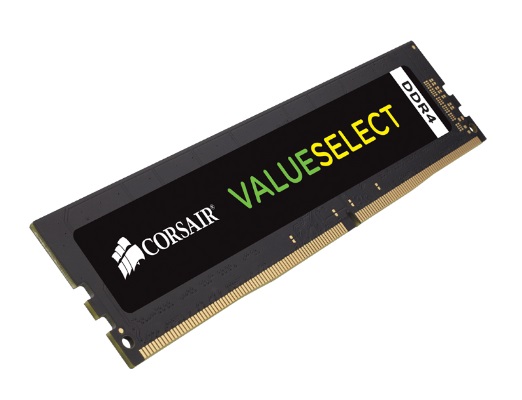
Disadvantages of 2400 MHz
The disadvantages are not so exceptional as the other one.
- It cost an extra budget than other available RAMs.
- It has notable latency.
- It uses a large amount of power supply.
- It doesn’t suit some specific motherboards.
Which One You May Prefer: 2133 MHz or 2400 MHz?
As you can see, although the higher frequency gives more priority a RAM, memory speed matters little unless you’re up to rendering high-resolution videos or animations or playing intensive high-specification games. But if you’re not interested in these and just want to use them simply, then you can go for any RAM.
It is true that the 2133 MHz might have faster timings that would enable the chip to work more effectively. And yes, faster RAM costs more. Also, you should be concerned about the acceptance of RAM. If the motherboard can handle the RAM and utilize the speed, everything is good.
So, if you’re an average user and like to save extra cost, then 2133 MHz is totally compatible for you. But if you’re a heavy gamer and going to use extra bandwidth, you can try the 2400 MHz. It’s your choice now.
Frequently Asked Questions (FAQs)
Is DDR4 2133 good for gaming?
The 2133 MHz RAM provides several benefits while gaming. For example, it accesses data very quickly which helps to speed up the processing and boost gaming performance.
Is 2400 or 2133 RAM better?
Both are very efficient in terms of gaming or processing heavy tasks. Just there is a basic difference in that 2400 MHz has higher bandwidth, on the contrary, 2133 MHz has lower latency.
Can I use 2400 MHz instead of 2133 MHz?
If you’re a competitive gamer or heavy software user then you can prefer the 2400 MHz. Otherwise, the 2133 MHz does most of the job fine.
Do RAM speeds matter for gaming?
Running RAM at high-rated rates has benefits for gaming. Faster RAM can enhance game performance and frame rates; however, it won’t have as much of an impact as boosting the processor or graphics card.
Conclusion
Hopefully, you’ve got a basic idea about these RAMs. So, it is up to you to choose the RAM that may pretty much be compatible with you. If you can afford then go for 2400 MHz. Else, 2133 MHz is completely fine.
Subscribe to our newsletter
& plug into
the world of PC Hardwares
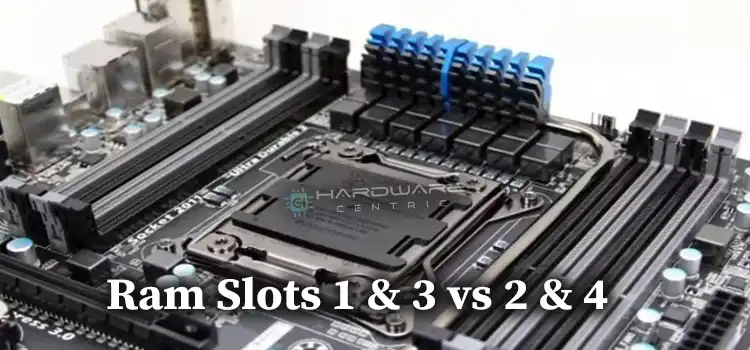
![[4 Fixes] SMART Hard Disk Error NVME SSD 313](https://www.hardwarecentric.com/wp-content/uploads/2023/01/Smart-Hard-Disk-Error-NVME-SSD-313.webp)
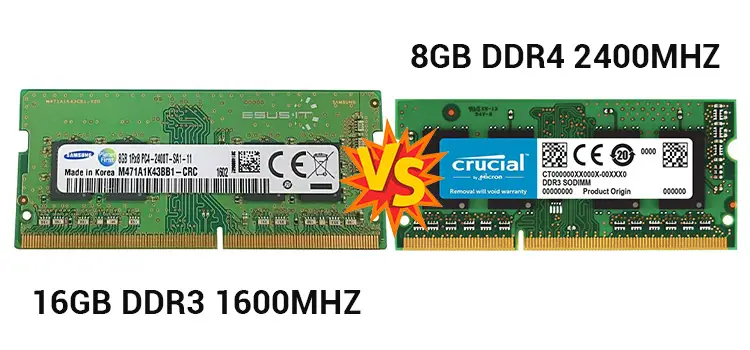
![[Fix] 100% Disk Usage on Windows 10 SSD (100% Working)](https://www.hardwarecentric.com/wp-content/uploads/2021/10/100-disk-usage-Windows-10-SSD.jpg)
